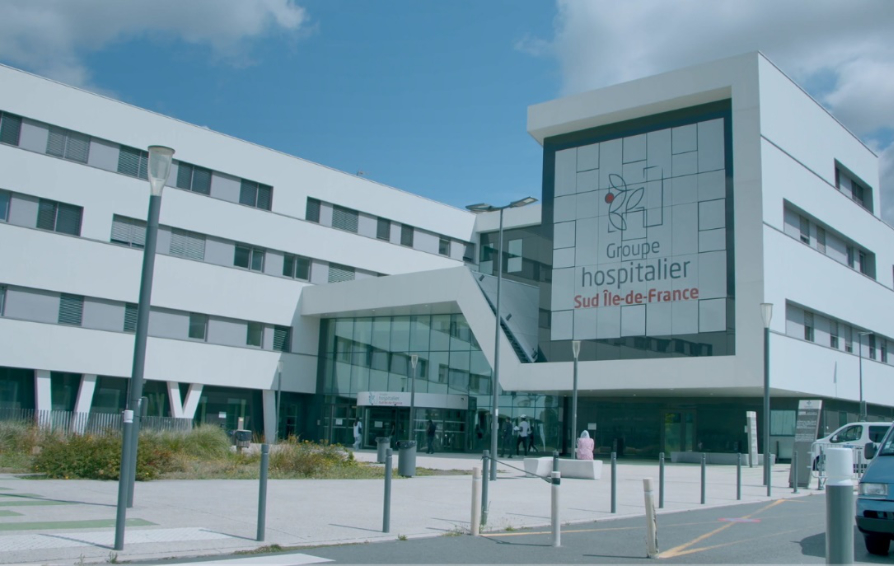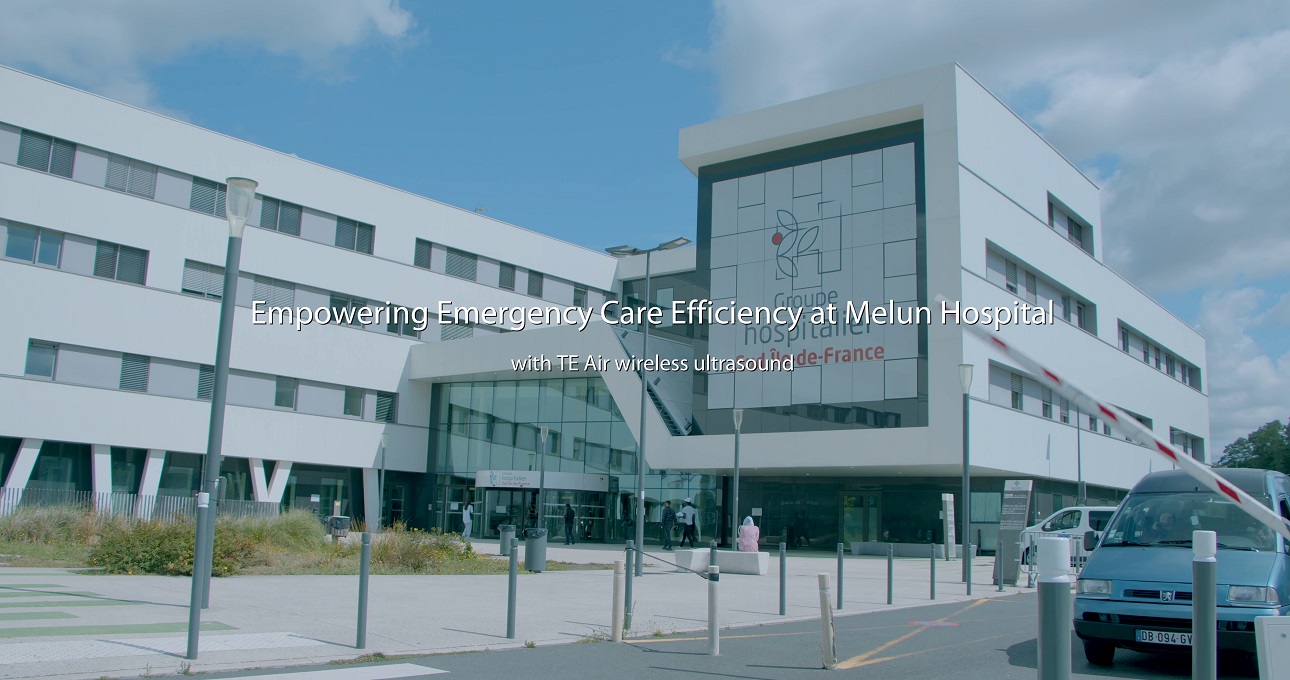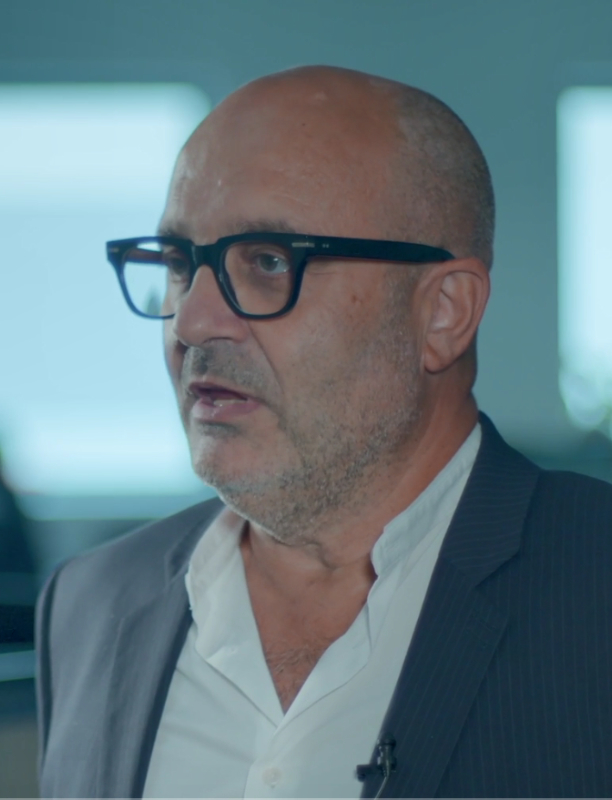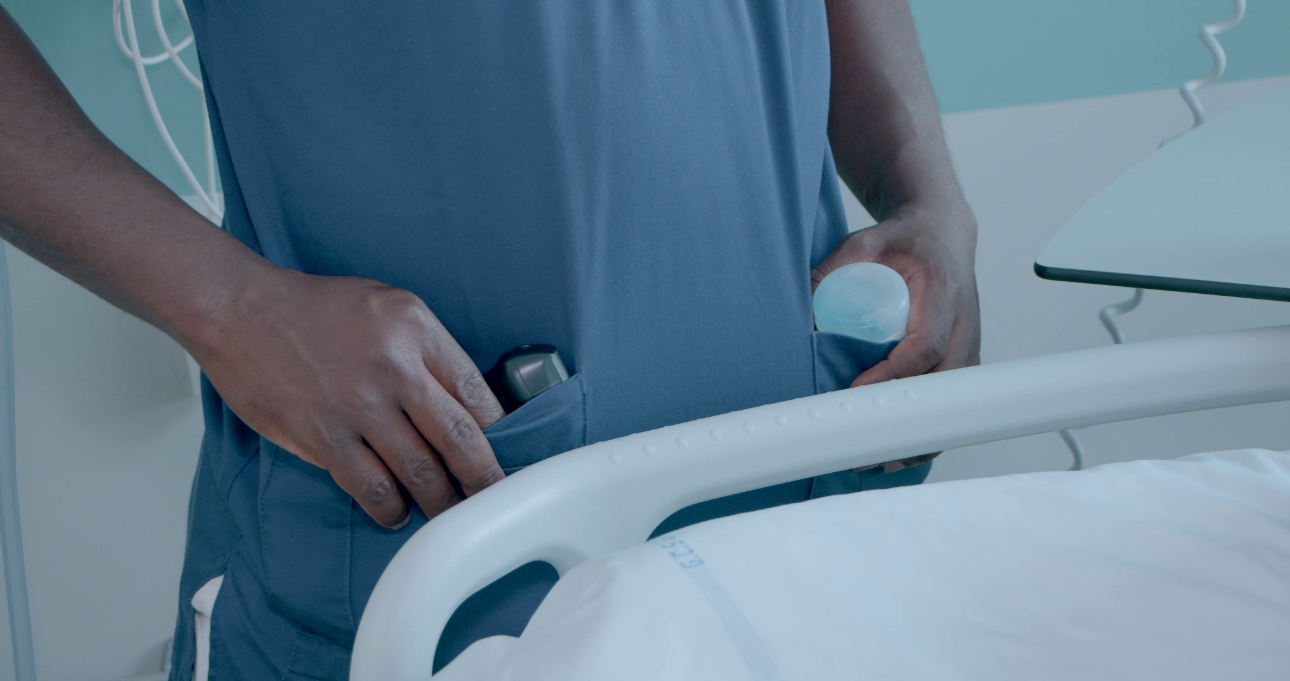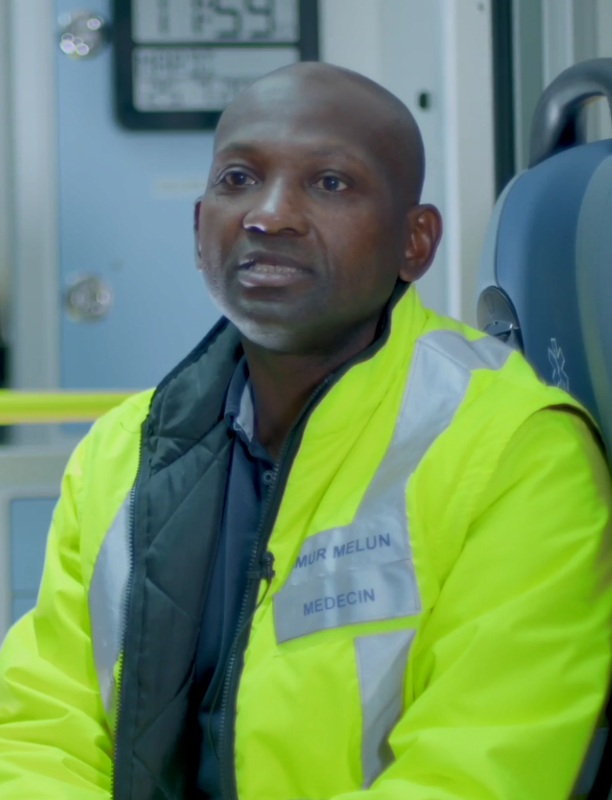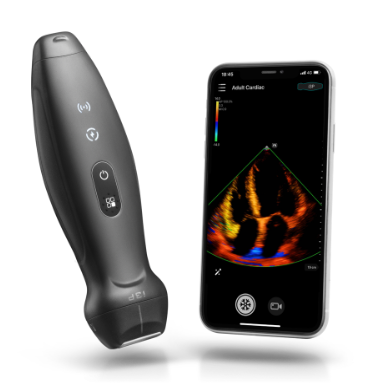Facing the increasing visits and crowding, the emergency department of Hôpital de Melun is endeavoring to seek balance to deliver efficient and quality emergency care.
"We Need Tools To Go Further"
In France Emergency Medicine, it is regulated that urgent patients should be assessed upon arrival and receive appropriate care within a maximum of 30 minutes, and non-urgent patients should ideally be seen within a maximum of 4 hours in the emergency department.[2] This necessitates healthcare professionals in the emergency department to be skilled in quick diagnosis and treatment.[2]
“Imaging is very important in our emergency department,” Dr. Francois Dolveck said. However, the complex medical conditions of patients require ultrasound systems with enhanced imaging capabilities. Traditional ultrasound devices often face a dilemma between portability and professional performance in emergency scenarios.
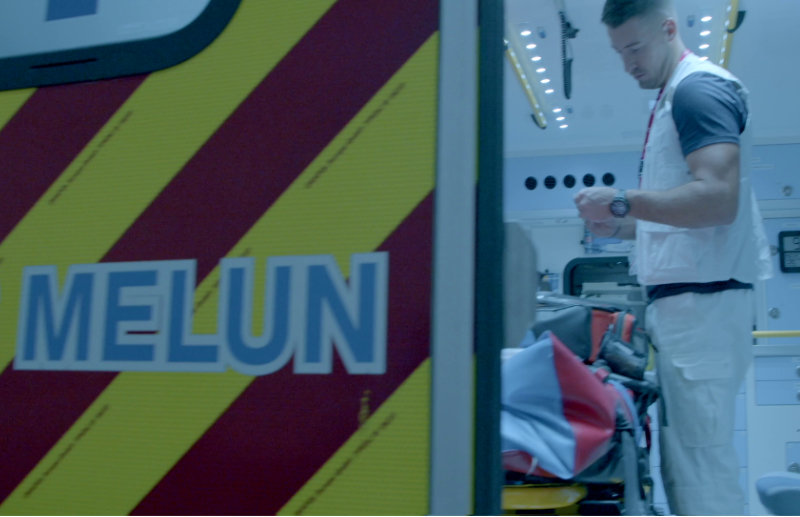
Given these challenges, an ultrasound that offers a balanced solution is in great demand for the emergency department to go further.
Despite its small size, TE Air maintains powerful capabilities, delivering exceptional image quality in B mode and Dopper modes for diagnosing cardiovascular, abdominal, and hemodynamic conditions of the patients. The spectral Doppler mode can be utilized to assess the patient's hemodynamic conditions prior to transportation. The transcranial Doppler mode allows for a quick assessment of potential brain damage. This capability assists emergency professionals in making informed decisions about the most suitable department and hospital for optimal patient care.
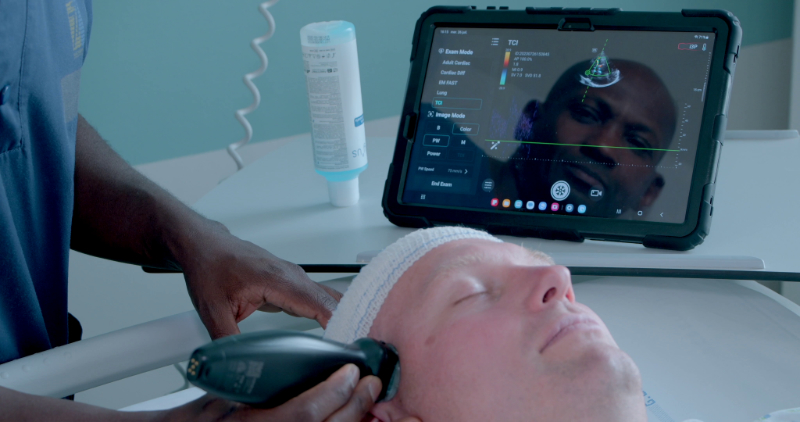
Connect to Extend
In Hôpital de Melun, the medical information systems require the record of patient basic information, medical history, diagnosis, and treatment information.
Dr. Roger Kadji Kalabang mentioned, “It is difficult to integrate the image into the patient file.”
With the TE Air App, the ultrasound device can now connect to a variety of smart devices such as phones and tablets. This connectivity enables the sharing of patient data among the clinical team, promoting collaboration and facilitating informed decision-making.
Furthermore, there are ongoing developments to establish a data connection between the TE Air device and the medical information system. This integration will undoubtedly make ultrasound diagnosis an essential component of the entire chain of patient care, enhancing the efficiency of patient management.
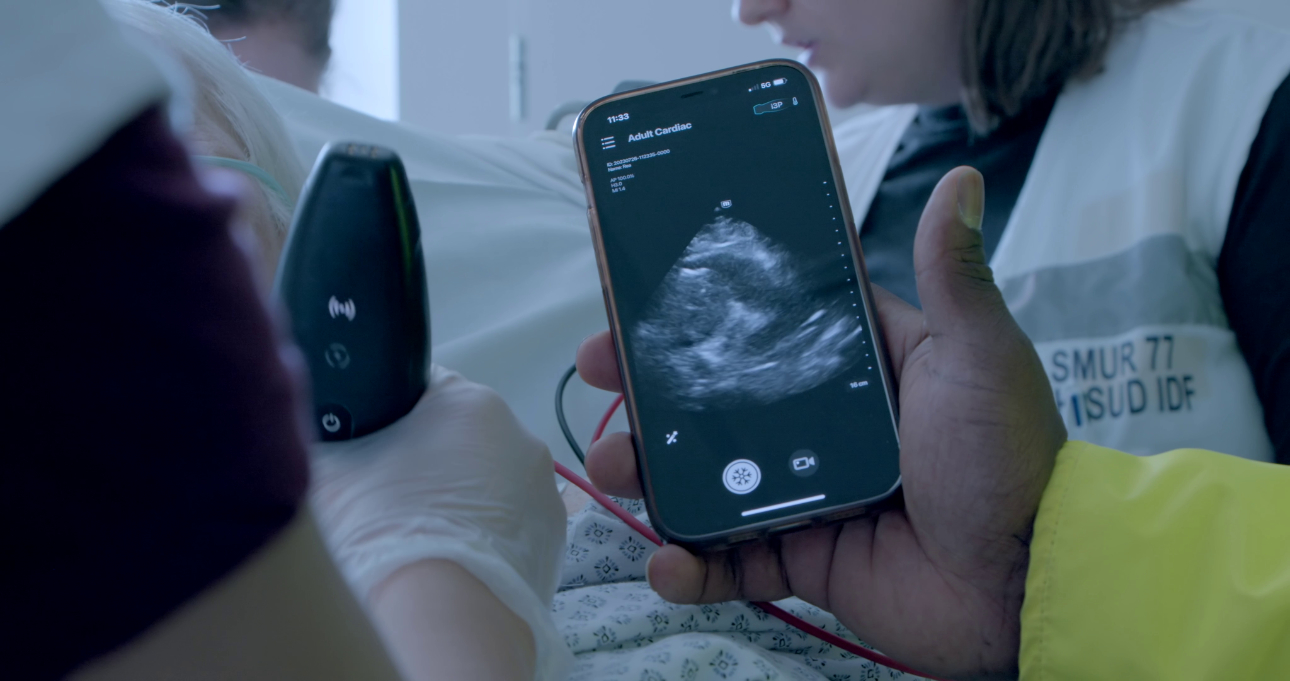
“Yes We Can! Yes We Scan”
In addition to the challenges of overcrowding in the emergency department, there is also a shortage of skilled personnel. Education plays a crucial role in improving the quality of patient care.
TE Air serves as an ideal educational companion for the younger generation of students who are accustomed to using their phones as learning devices. It’s simple and smart interface reduces the learning curve compared to traditional ultrasound devices. With a wide range of examination modes, TE Air inspires students to apply ultrasound in various point-of-care scenarios.
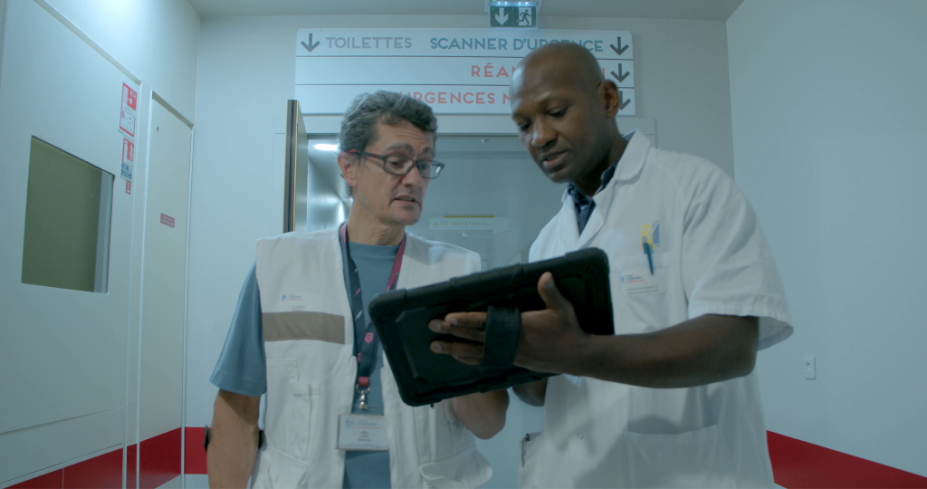
The user-friendly nature of TE Air encourages students to explore and practice ultrasound techniques with ease. By incorporating this device into their educational journey, students can enhance their ultrasound skills and gain valuable hands-on experience in a more interactive and engaging manner.
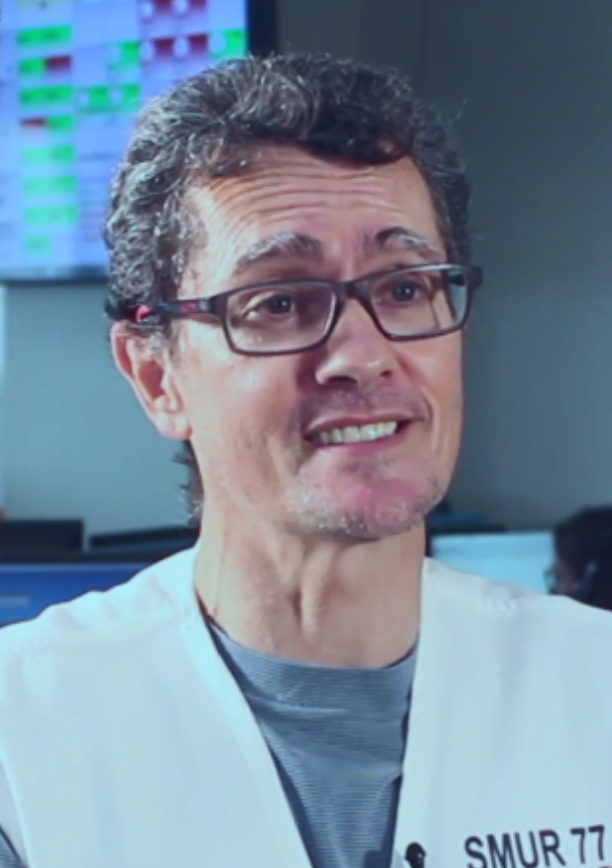
Dr. David Sapir
Emergency Doctor/Ultrasound Education Specialist
It’s not only an imaging tool. It’s also an emotional tool. The perfect tool to reinvent, to reinitiate the little fire in every physician. You will take pleasure. Pleasure to be more efficient, more useful for your patients. For your institution to be updated with a new generation of device, to see what you can just only imagine with your clinical exam, to share with colleagues and to teach easily to your students. In fact, it changed totally my way of working. Take the probe, switch on the device and practice. And you can say now: Yes we can! Yes we scan!
In the fast-paced world of the emergency department, every second matters.
TE Air, as a powerful diagnosis tool, is accelerating the workflow of emergency care and boosting ultrasound education in Hôpital de Melun.
Driven by the deep insight of the clinical challenges and needs, we continue to innovate and bring solutions, empowering healthcare professionals to provide efficient and quality patient care. With the shared mission, we strive to be the core force to push the boundaries of emergency care, and bring better healthcare for all.
Reference
[1] Source: Statistical Data on Emergency Services in France - 2021 Statistics.
[2] Source: French Public Health Code (Code de la santé publique) - Article R6111-10
